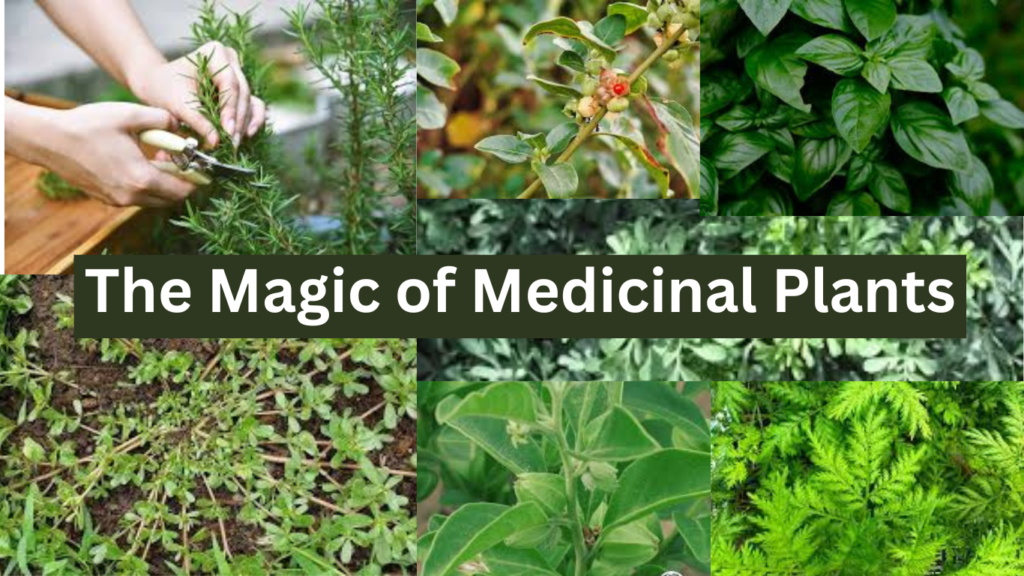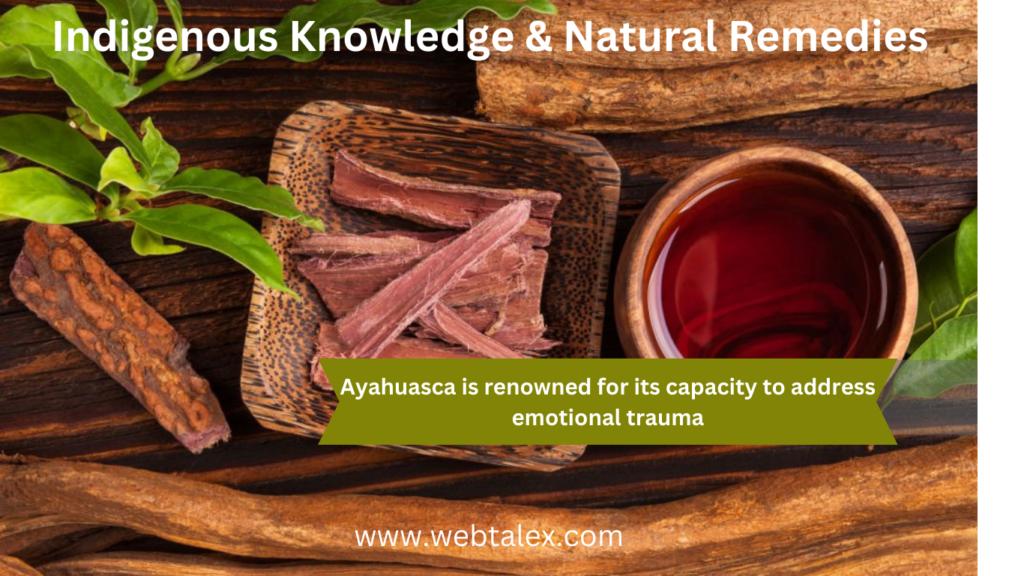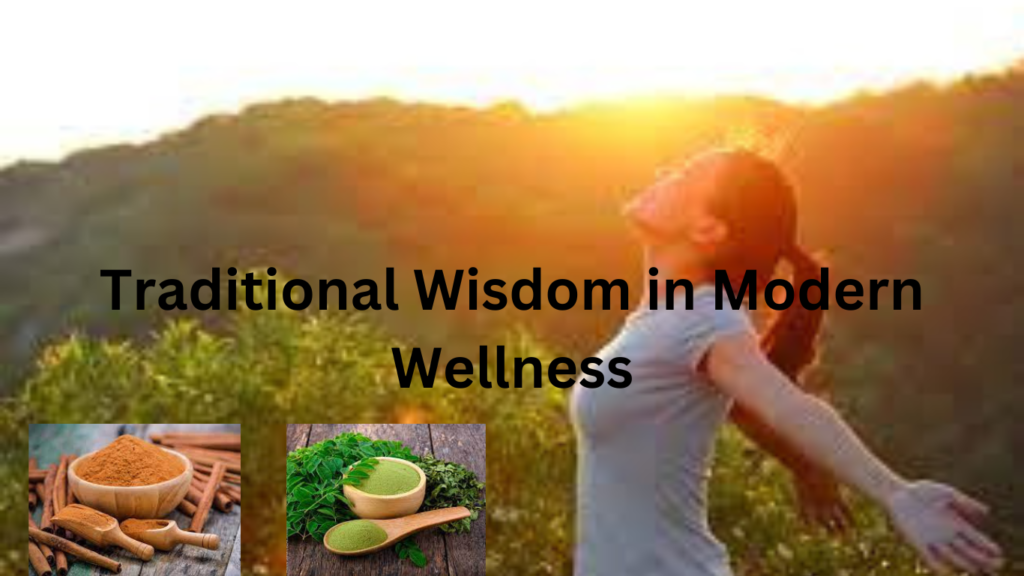Indigenous knowledge in nurturing the mind, body, & spirit. Natural remedies that promote holistic health & well-being.

Indigenous knowledge meaning
In our current, rapid-paced global economy, the importance of indigenous expertise and natural treatments is regularly omitted. Yet, those age-vintage traditions preserve a treasure trove of know-how that has sustained communities for generations.
We will delve deep into the treasures of herbal treatments and indigenous expertise, uncovering ten time-tested solutions that could significantly enhance your bodily and mental health.
From traditional restoration practices to trendy variations, let’s embark on a transformative journey of well-being and rediscover the profound power of nature.
The Magic of Medicinal Plants

- Indigenous Knowledge: Indigenous communities have long harnessed the healing houses of vegetation, spotting their capability for holistic well-being.
- Aloe Vera: Aloe vera stands out as nature’s first resource package, imparting flexible benefits for pores and skin health, digestion, and even wound recuperation. Its soothing gel has been used for hundreds of years to alleviate skin irritations, burns, and infections. Moreover, aloe vera’s inner advantages extend to aiding digestion, boosting immunity, and assisting general health.
- Turmeric, the “Golden Spice”: Turmeric, regularly called the “Golden Spice,” is another botanical wonder deeply rooted in indigenous knowledge. This colorful yellow spice contains curcumin, an effective compound celebrated for its anti-inflammatory and antioxidant properties. Turmeric has been embraced globally for its ability to alleviate joint pain, improve digestion, enhance cognitive characteristics, and even guide heart health.
Shamanic Rituals and Their Healing Essence
Shamanic rituals are deeply woven into the cloth of indigenous cultures, offering a unique and profound attitude toward holistic recuperation. These sacred ceremonies act as a conduit between the religious and bodily realms, fostering a profound reference to nature and one’s inner self.
Among the myriad shamanic practices, one stands out prominently: the historical culture of Ayahuasca.

This sacred plant brew originates from the luxurious coronary heart of the Amazon rainforest. Ayahuasca ceremonies, meticulously guided by seasoned shamans, are manual contributors to profound internal trips of self-discovery and profound recuperation.
This age-vintage tradition has transcended borders, gaining an international reputation for its brilliant transformative potential. Ayahuasca is famous for its ability to address emotional trauma, confront addiction, and nurture spiritual growth.
It is regularly seen as a potent device for gaining deep insights, resolving internal conflicts, and attaining a profound knowledge of one’s inner self.
Traditional Wisdom in Modern Wellness

Modern well-being practices, as we realize them today, often locate their roots in indigenous knowledge. A prime instance of this synergy is yoga, a holistic machine that integrates physical postures, meditation, and breathing strategies to promote stability and well-being.
Yoga’s origins hint at historical indigenous traditions that emphasized the harmonious relationship between mind and body. This exercise continues to empower thousands and thousands worldwide, offering a direction to bodily vitality, mental readability, and emotional stability.
Mind-Body Connection
Indigenous societies have long honored the profound connection between the mind and the body. Their understanding of this symbiotic relationship has given rise to contemplative ways deeply embedded in nature. These practices offer internal clarity, emotional well-being, and a sense of inner peace.
One similar practice involves awareness contemplation, which encourages individuals to be completely present at the moment, fostering tone-mindfulness and reducing stress.
Indigenous communities have used awareness methods for centuries to enhance their internal and emotional adaptability, allowing them to navigate life’s challenges with grace and wisdom.
Herbal Teas and Elixirs
The art of casting natural teas and panaceas has been a necessary part of indigenous societies for generations. These creations now not only best serve the senses but also carry multitudinous health advantages.
Chamomile tea, for example, is widely known as a calming elixir that soothes pressure and anxiety. This aromatic infusion includes herbal compounds that promote relaxation, making it an excellent beverage for winding down after a protracted day.
Chamomile tea additionally possesses anti-inflammatory properties and might be a useful resource for digestive comfort.
Sustainable Living
Indigenous communities have long been pioneers of sustainable living practices, recognizing the profound connection between environmental well-being and personal health. Among these practices, “wooded area bathing” is an excellent way to tap into nature’s recuperation capability.
Forest bathing, called Shinrin-Yoku in Japanese subculture, entails immersing oneself within the serene embody of a forest. This healing exercise is famous for reducing stress hormones, boosting immune function, and improving average well-being.
As you stroll through the luxurious forest, you take in the restoration energies of nature, connecting with the environment in a profound and revitalizing way.
Culinary Delights
Indigenous culinary traditions now not only tantalize the flavor buds but also contribute to their usual fitness. Their emphasis on nutrient-rich, herbal components has paved the way for a healthier way of eating. Exploring indigenous superfoods reveals a treasure trove of nutrient-rich staples that can beautify power.
Quinoa, a protein-packed grain deified with the aid of historic Andean societies, and spirulina, a blue-green algae cherished for its mighty dietary content, provide a cornucopia of essential vitamins, making them valuable additions to any food plan.
Herbal Remedies for Common Ailments
Everyday health issues often find practical solutions in indigenous herbal remedies. Echinacea, for example, is an important, vulnerable supporter that can help guard your well-being. This protean condiment has been used by indigenous communities for centuries to forfend off snap, flu, and other common affections.
Echinacea stimulates the vulnerable system, making it more flexible in the face of infections. Incorporating this condiment into your heartiness routine can be a visionary step towards maintaining robust health.
Preserving Indigenous Wisdom
Preserving and respecting indigenous information is not only a moral imperative but additionally essential for future generations. Indigenous groups are the stewards of helpful cultural traditions and holistic practices that have the capability to complement lives worldwide.
Supporting projects that champion cultural protection, indigenous rights, and responsible tourism is one way to contribute to the toughness of this historic awareness.
By engaging with indigenous communities respectfully and responsibly, we can research their deep connection to the herbal world, their reverence for sustainable living, and their profound knowledge of holistic well-being.
Tips for Embracing Natural Remedies and Indigenous Knowledge
- Start Slowly: Begin your journey with the aid of incorporating one indigenous exercise or remedy at a time into your lifestyle. This sluggish method allows you to completely include and appreciate every component of indigenous know-how.
- Consult Experts: Seek steerage from indigenous practitioners or holistic healthcare specialists who have a deep know-how of those practices. Their know-how can offer beneficial insights and make sure your adventure is safe and powerful.
- Respect Cultural Traditions: Approach indigenous understanding with appreciation and an acknowledgment of the cultural significance of every exercise or remedy. Recognize that these traditions have been handed down through generations and maintain deep meaning.
- Sustainability Matters: Choose products and practices that prioritize sustainability to benefit not only your health but also the surroundings. Sustainable living aligns closely with indigenous values of concord with nature.
- Share the Wisdom: As you include the energy of indigenous knowledge, share your reports and insights with others. Spreading awareness about the profound benefits of those practices can make a contribution to their maintenance and inspire effective alternatives around the world.
Harmony of Mind and Body in Indigenous Wisdom
Indigenous societies have, for centuries, embraced the profound interplay between the mind and the body. Their deep understanding of this symbiotic relationship has given rise to contemplative ways intricately intertwined with the natural world.
These age-old practices serve as pathways to internal clarity, emotional well-being, and a continuing sense of inner peace.

| Topic | Content |
|---|---|
| Indigenous Knowledge | 1. In the heart of indigenous knowledge lies the recognition that the mind and body aren’t separate realities but connected aspects of our being. 2. This holistic perspective attendants their approach to mending and well-being. 3. They admit that a peaceful mind contributes to a healthy body and vice versa, creating a harmonious reality. |
| Awareness Contemplation | 1. One similar practice is awareness contemplation, a dateless discipline that encourages individuals to completely immerse themselves in the present moment. 2. This absorption fosters heightened tone-mindfulness, enabling one to observe studies and feelings without judgment. 3. The result is a profound reduction in stress as the mind learns to let go of worries about history or anxieties about the future. |
| Indigenous Communities | 1. Indigenous communities have been entrusted with awareness of ways to enhance their internal and emotional adaptability. 2. For centuries, these practices have served as inner sanctuaries, allowing individuals to navigate life’s challenges with grace and wisdom. 3. Amid adversity, they find solace in the comforting grasp of nature and the stillness of their minds. |
| The Natural World | 1. The natural world plays a vital part in these awareness practices. 2. Indigenous societies frequently meditate in serene, natural settings, aligning themselves with the measures of the Earth. 3. By immersing themselves in the sounds of the timber, the gentle inflow of a swash, or the rustling leaves in the wind, they produce a deep connection to the terrain around them. 4. This connection fosters a profound sense of inner peace, as individuals feel a part of a larger, harmonious total. |
| Global Recognition | 1. As awareness and contemplation earn global recognition for their remedial benefits, more and more people are turning to these ancient ways to find balance in the chaos of ultramodern life. 2. By integrating consciousness into their diurnal routines, individuals from specific backgrounds can witness internal clarity, emotional well-being, and a renewed experience of internal peace. |
| Mind-Body Connection | 1. Indigenous understanding emphasizes the interconnectedness of thoughts and frames, promoting practices like mindfulness meditation to gain mental clarity, emotional well-being, and internal peace. 2. Indigenous meditation practices are like the nourishment that facilitates our growth and flourishing. 3. In the shade of indigenous know-how, the thought-frame connection remains a guiding thread. 4. It’s a memorial that our well-being is intricately woven into the natural world and that, with the aid of nurturing this connection, we are able to find profound healing, adaptability, and serenity. |
| Integration with Natural World | 1. Indigenous cultures have evolved meditation strategies that recognize the interplay between thoughts and frames, providing pathways to mental clarity, emotional well-being, and internal peace through integrating with the natural world. |
Conclusion:
- Indigenous Knowledge: Embracing normal cures and native information isn’t just an excursion towards better well-being; it’s a reconnection with our underlying foundations, with the insight of our predecessors, and with the significant force of nature itself. By investigating these reliable outcomes, you upgrade your prosperity as well as add to the protection of limitless creative customs.
- The Wisdom of Indigenous Communities: The power to heal and thrive falsehoods within you, staying to be awakened through the wisdom of indigenous communities who have nurtured the Earth for generations.
- A Transformative Journey: As we move forward on this transformative trip, let us flashback to the fact that the path to heartiness is one of consciousness with ourselves, with the natural world, and with the dateless traditions of indigenous societies.
- Renewal and Harmony: It’s a detection, reverence, and renewal trip, offering bottomless eventuality for our collaborative health and harmony.
FAQs:
Which is an example of Indigenous knowledge?
Example of Indigenous Knowledge:
An instance of Indigenous information is conventional medicinal practices passed down through generations within Indigenous communities. This expertise consists of the use of particular flowers and herbs for healing diverse illnesses and maintaining health.
What are the three importance of Indigenous knowledge?
Three Importance of Indigenous Knowledge:
- Sustainable Resource Management: Indigenous knowledge often consists of strategies for sustainable agriculture, fishing, and searching, which can be critical for keeping herbal sources.
- Cultural Preservation: It plays a vital function in maintaining cultural background, languages, and traditions within Indigenous communities.
- Resilience and Adaptation: Indigenous information offers insights into how to adapt to environmental changes and deal with demanding situations, contributing to network resilience.
What are the five types of indigenous knowledge?
Five Types of Indigenous Knowledge:
- Traditional Ecological Knowledge (TEK): Information roughly related to biological systems, biodiversity, and manageable asset control.
- Restorative Information: Data about normal cures and customary mending rehearsals.
- Oral Traditions: Stories, songs, and oral history have been passed down via generations.
- Astronomical Knowledge: Comprehension of divine our bodies and their importance in route and social practices.
- Craftsmanship and Creativity: Abilities in customary specialties, workmanship, and craftsmanship, which incorporate bushel winding around or earthenware.
What is the indigenous theory of knowledge?
Indigenous Theory of Knowledge: Native standard of expertise is established in an all encompassing and interconnected perspective.
It stresses the solidarity of all home things and the profound association among people, nature, and otherworldliness. Indigenous information is frequently exceeded down thru oral traditions and lived experiences as opposed to being documented in written form.
It values network, admire for the land, and a profound know-how of the environment. Indigenous knowledge systems attention on sustainability, harmony with nature, and the nicely-being of each gift and future generations.
Are indigenous remedies safe for everyone?
Indigenous remedies are generally safe, but it’s pivotal to consult a healthcare professional, especially if you have underpinning health conditions or disinclinations. They can give substantiated guidance to ensure your safety and well-being.
Where can I find indigenous healing practitioners?
To connect with indigenous healing practitioners, consider exploring wellness centers, retreats, or reaching out to local indigenous communities.
How can I incorporate indigenous wisdom into my daily life?
You can begin by integrating simple practices such as herbal teas, mindfulness meditation, and sustainable living habits into your daily routine. Start slowly and explore what resonates most with you.
How can I contribute to preserving indigenous knowledge?
You can contribute to the preservation of indigenous knowledge by supporting initiatives that promote cultural preservation, advocate for indigenous rights, and engage in responsible tourism. Your engagement can help ensure the continuation of these invaluable traditions for future generations.
What preventive measures should I take when using herbal remedies?
When using herbal remedies, it’s essential to follow recommended tablets and be apprehensive of implicit relations with any specifics you’re presently taking. However, consult with a healthcare professional if there is mistrust.
Other Related Articles:
- Behind the Brush: The Surprising Makeup Trend of 2024 Poised to Revolutionize Your Look
- Simple Ways to Enhance Your Natural Beauty in 2024
- These Will Be the Biggest Beauty Trends in 2024
- Discover the Best Beauty Drinks for Skin in 2024
- Shampoo and Conditioner 2024: The Ultimate Guide to Hair Care Revolution

As the dedicated voice of Webtalex.com, I’m committed to delivering the latest and most inspiring content in beauty and health. I aim to keep you informed on the newest trends and holistic wellness, helping you look and feel your best. Join me for insightful beauty techniques, wellness tips, and much more to enrich your lifestyle.


2 thoughts on “Unveiling the Power of Natural Remedies and Indigenous Knowledge 10 Time-Tested Solutions for Health and Well-Being”